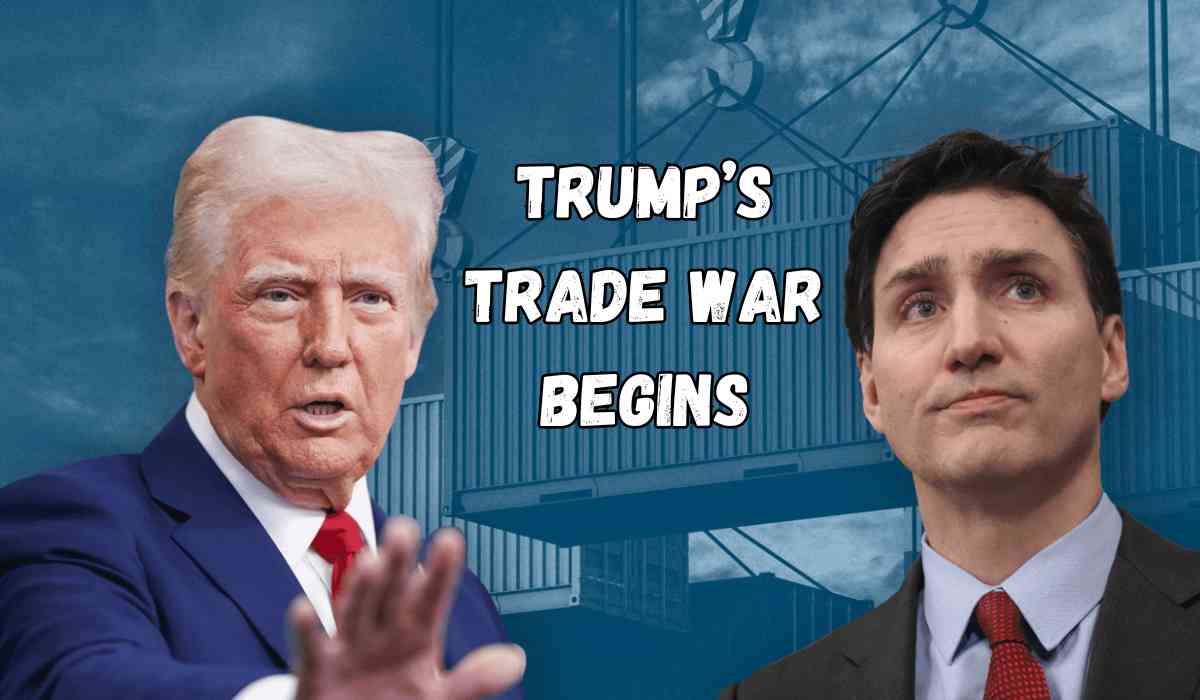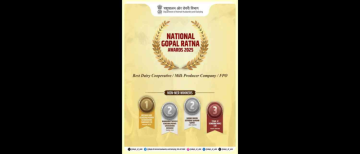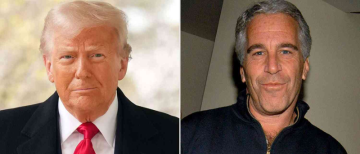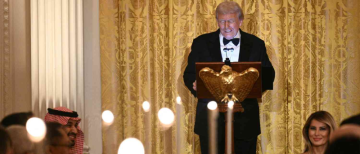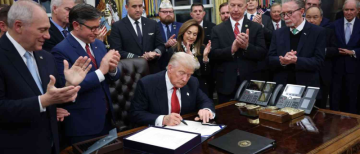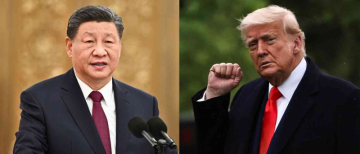On Saturday, President Donald Trump signed an executive order imposing stringent tariffs on imports from Mexico, Canada, and China, triggering immediate retaliatory measures from these nations. The primary justification for these tariffs, according to Trump, is to safeguard American interests, particularly by curbing the production and export of illicit fentanyl. Additionally, he has urged Canada and Mexico to enhance their efforts to reduce illegal immigration into the United States.
While these tariffs are positioned as protective economic measures, their long-term impact remains a subject of intense debate. If sustained, they could exacerbate inflation, undermining voter confidence in Trump’s ability to reduce the cost of essential goods such as groceries, gasoline, housing, and automobiles. But how exactly do tariffs work, and what are their economic implications?
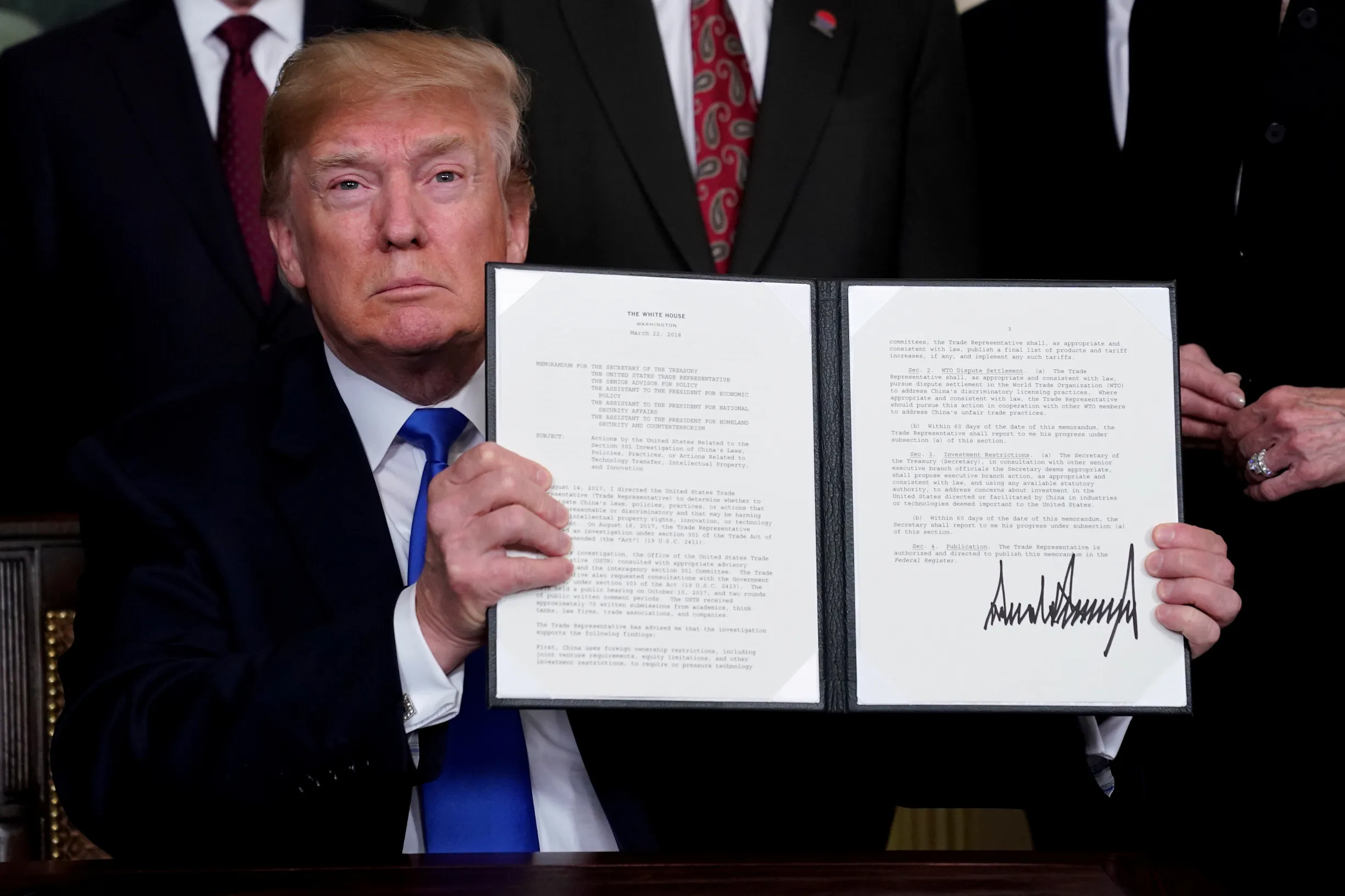
Understanding Tariffs: A Primer
What Are Tariffs?
A tariff is a tax levied on imported goods, typically calculated as a percentage of the purchase price paid by the importer. In the United States, tariffs are collected by Customs and Border Protection at 328 entry points across the country. The rates of tariffs vary by product:
-
Passenger cars: 2.5%
-
Golf shoes: 6%
-
Steel and aluminum imports: Higher rates, as per specific trade policies
Countries that have trade agreements with the United States may benefit from lower or zero tariffs. For instance, under the US-Mexico-Canada Agreement (USMCA), most goods move between these three nations without tariffs.
Who Pays for Tariffs?
A common misconception is that foreign countries bear the cost of tariffs. In reality, importing companies in the U.S. pay the tariffs, which are then remitted to the U.S. Treasury. These costs are typically passed down to consumers through higher prices. Thus, while tariffs aim to protect domestic industries, they often lead to increased costs for American businesses and households.
Do Tariffs Harm Foreign Economies?
Yes, tariffs can negatively impact foreign countries by making their exports more expensive and less competitive in U.S. markets. To compensate, foreign companies may lower their prices, reducing their profit margins. A study by economist Yang Zhou from Shanghai’s Fudan University found that Trump’s tariffs on Chinese goods inflicted three times more economic damage on China than on the U.S.
Trump’s Perspective on Tariffs
President Trump has consistently championed tariffs as a means to:
-
Create more factory jobs in the United States
-
Reduce the federal deficit
-
Lower food prices
-
Fund government programs, such as childcare subsidies
During his presidential campaign, Trump famously declared, “Tariffs are the greatest thing ever invented.” As president, he imposed tariffs on a range of imports, including:
-
Solar panels
-
Steel and aluminum
-
Virtually all Chinese goods
Trump’s stance marks a shift from the U.S.'s post-World War II policies, which largely promoted global free trade and tariff reductions. This shift is partially driven by concerns over job losses in the U.S. manufacturing sector, attributed to unregulated free trade and the rise of China as an economic powerhouse.
The Purpose of Tariffs
Protecting Domestic Industries
By making imported goods more expensive, tariffs can protect U.S. manufacturers from foreign competition. They can also serve as a response to unfair trade practices, such as:
-
Foreign government subsidies to exporters
-
Dumping products at artificially low prices
Generating Government Revenue
Before the federal income tax was introduced in 1913, tariffs were a primary revenue source for the U.S. government. From 1790 to 1860, tariffs accounted for 90% of federal revenue. However, with the expansion of global trade, tariffs have become a minor revenue stream. In the fiscal year ending September 30, the U.S. collected approximately $80 billion in tariffs, compared to $2.5 trillion from individual income taxes and $1.7 trillion from Social Security and Medicare taxes.
Using Tariffs as a Political Tool
Beyond economic policy, Trump has leveraged tariffs as a political instrument. In 2019, he used tariff threats to pressure Mexico into curbing Central American migration. He has also suggested that tariffs could serve as a deterrent against war, stating that imposing a 100% tariff could prevent conflicts.
The Economic Downsides of Tariffs
Increased Costs for Consumers and Businesses
Tariffs raise the cost of imported goods, leading to higher prices for consumers. Industries that rely on imported materials also face higher production costs, which can reduce competitiveness.
Retaliatory Tariffs
Other countries often respond to U.S. tariffs with their own, hurting American exporters. For instance:
-
The European Union retaliated against Trump’s tariffs on steel and aluminum by imposing tariffs on U.S. products like bourbon and Harley-Davidson motorcycles.
-
China targeted U.S. agricultural products such as soybeans and pork, strategically impacting Trump’s voter base in farming regions.
Tariffs and Employment
A study by economists from MIT, Harvard, the University of Zurich, and the World Bank found that Trump’s tariffs failed to revive American manufacturing jobs. The research concluded that:
-
Tariffs neither increased nor decreased U.S. employment in protected sectors.
-
Despite steel import tariffs, employment at U.S. steel plants remained stagnant at around 140,000 jobs.
-
China’s retaliatory tariffs hurt American farmers, reducing employment and requiring billions in federal aid to mitigate losses.
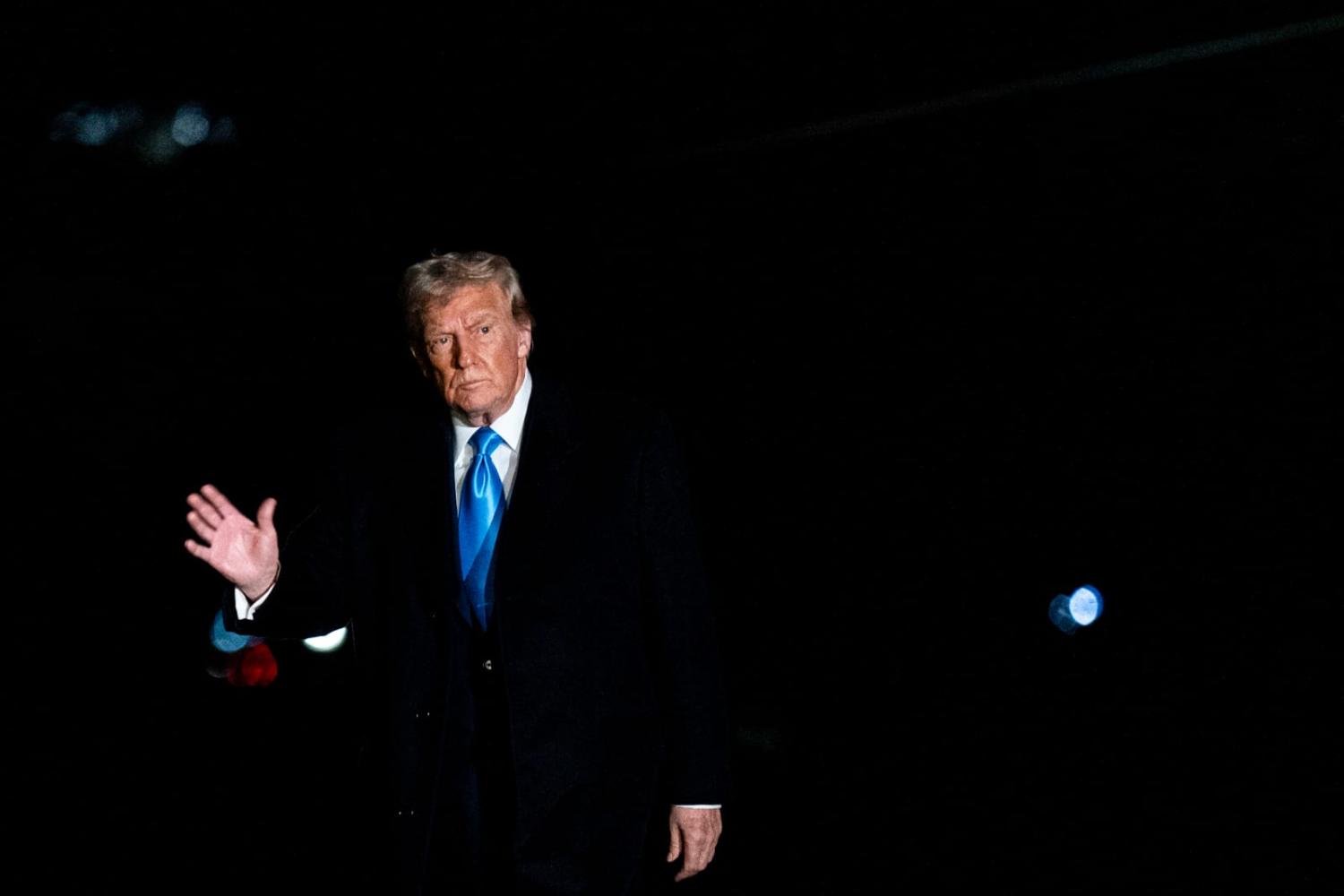
Conclusion: Do Tariffs Work?
While tariffs can offer short-term relief to domestic industries, they often come with long-term economic costs, including:
-
Higher prices for consumers
-
Retaliatory tariffs that harm American exporters
-
Minimal impact on employment in protected industries
Although Trump sees tariffs as a powerful economic tool, mainstream economists remain skeptical, viewing them as an inefficient way to boost prosperity. As the global economy continues to evolve, the effectiveness of tariffs in protecting American interests will remain a subject of ongoing debate.
With inputs from agencies
Image Source: Multiple agencies
© Copyright 2024. All Rights Reserved Powered by Vygr Media.

